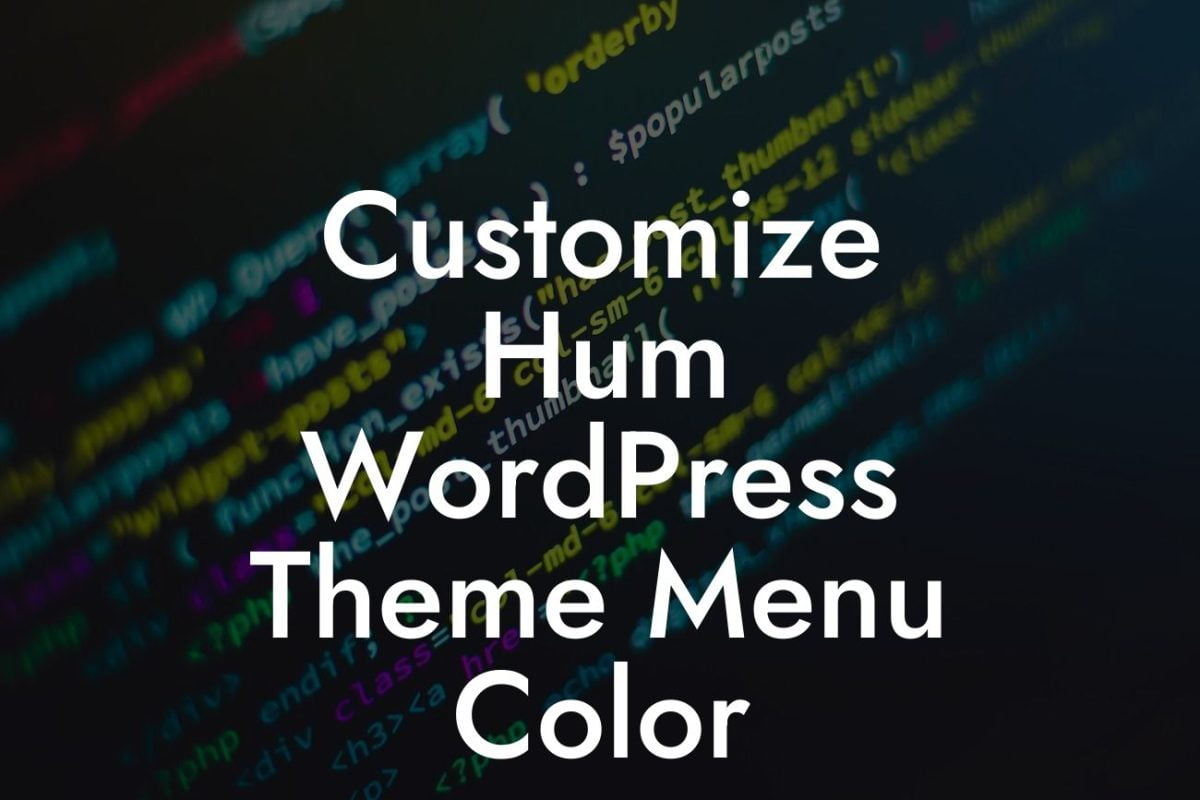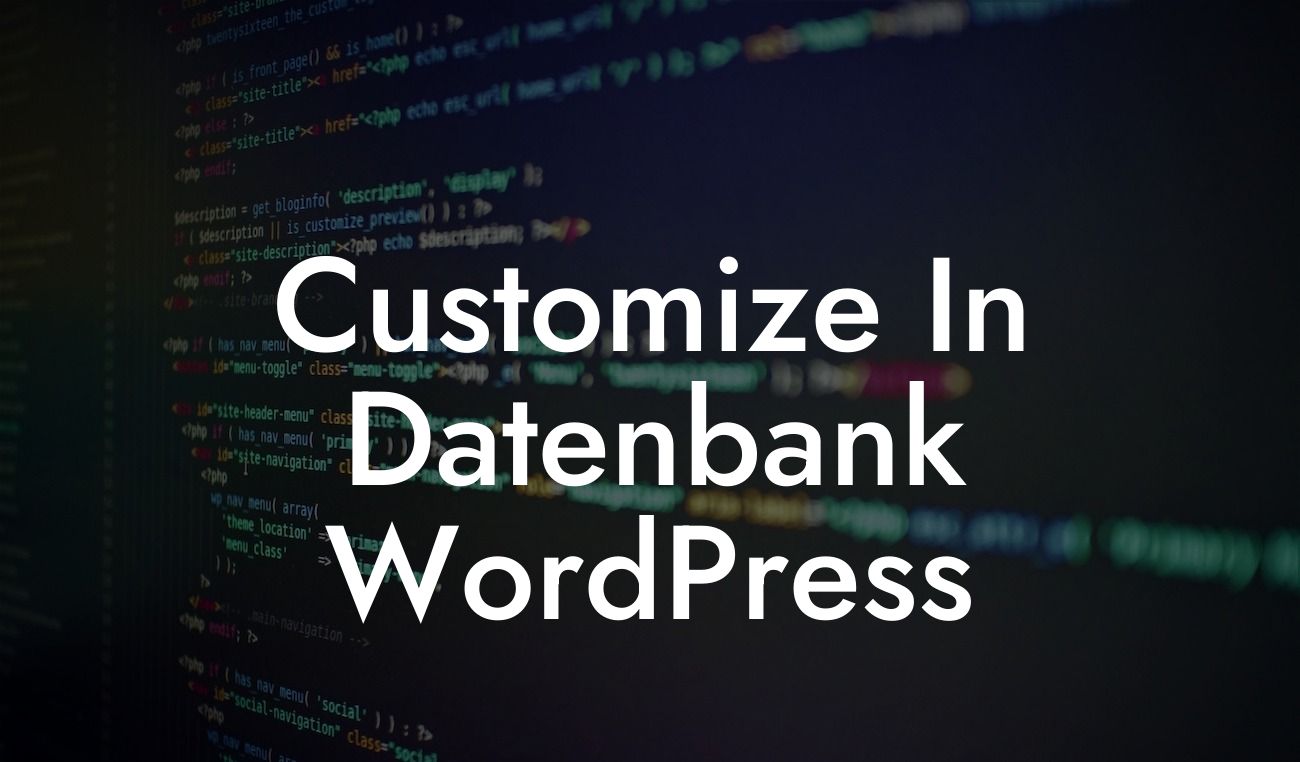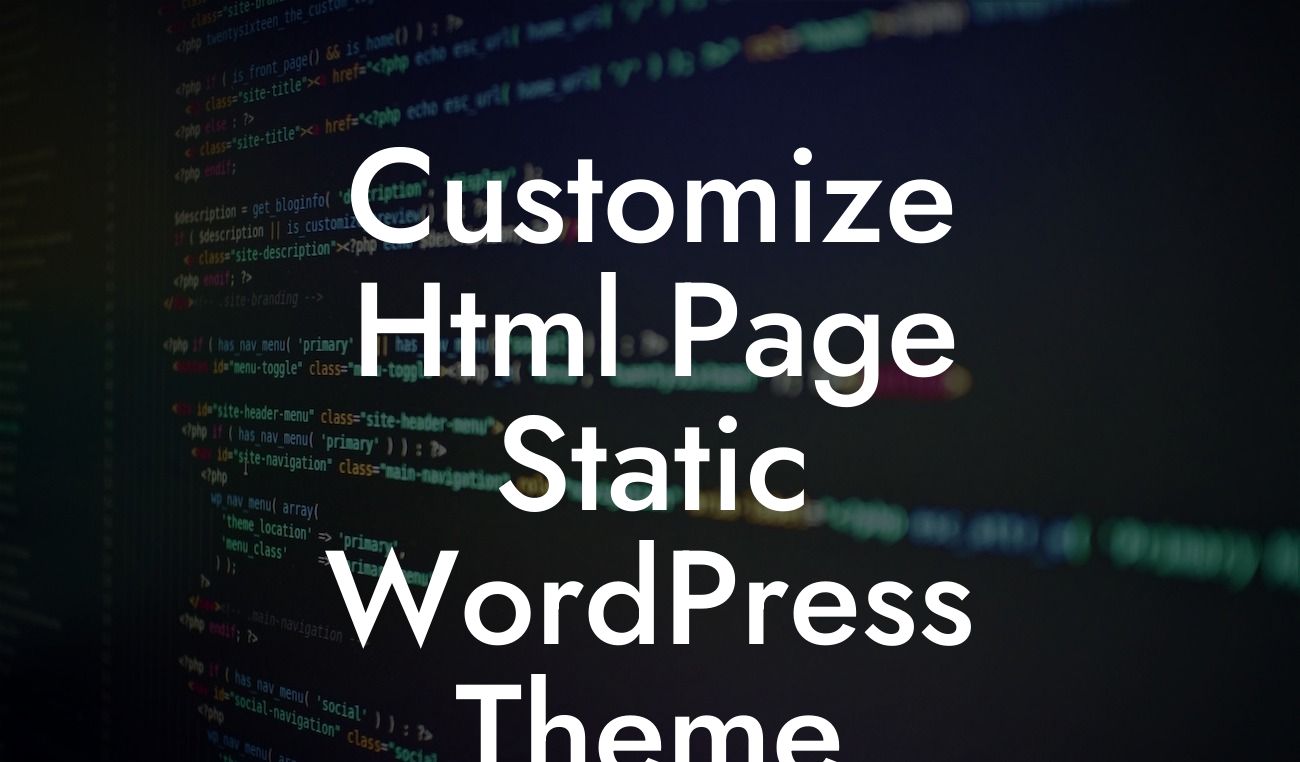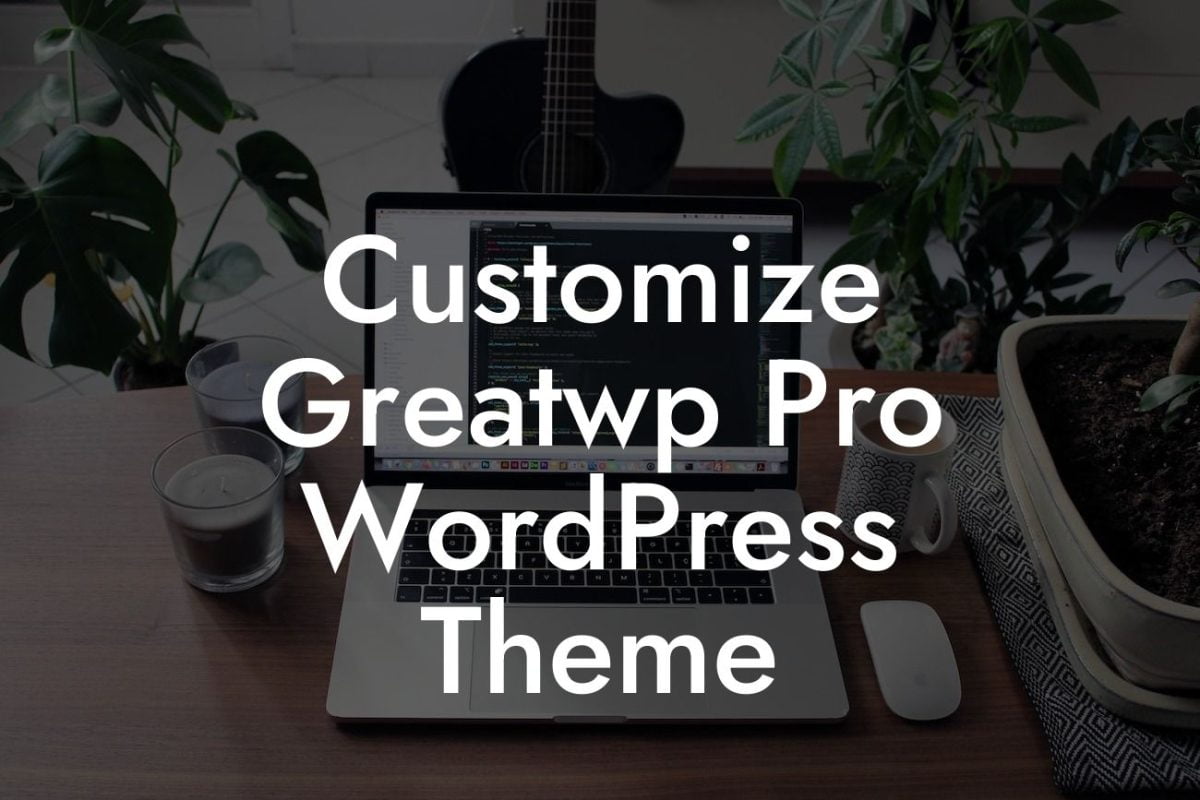When it comes to establishing an impressive online presence, having a well-customized website is crucial. WordPress, being one of the most popular content management systems, offers a wide range of responsive themes that can elevate your website's design and functionality. In this guide, we will delve into the process of customizing a responsive WordPress theme, empowering you to make your website stand out among the competition. With DamnWoo's awesome plugins, you'll have the tools to take your small business or entrepreneurial venture to new heights.
Customizing a WordPress theme can seem overwhelming, but it doesn't have to be. By following these steps, you can easily tailor your website to match your unique brand identity and meet your specific business goals.
1. Choose the Right Theme:
Before diving into customization, it's essential to select a responsive theme that aligns with your vision. Look for a theme that offers flexibility, a clean design, and compatibility with DamnWoo plugins. Consider factors like responsiveness, page load speed, SEO optimization, and user-friendly navigation.
2. Customize the Header and Logo:
Looking For a Custom QuickBook Integration?
The header is the first thing visitors notice when they arrive at your website. Make sure it conveys your brand identity and grabs attention. From the WordPress customization menu, you can easily customize the header by uploading your logo, adjusting the layout, and selecting an appealing color scheme.
3. Personalize the Colors and Typography:
Colors and typography play a significant role in creating a visually appealing website. Select a color palette that represents your brand and evokes the desired emotions from your visitors. Similarly, choose fonts that are easy to read and match your brand's aesthetic.
4. Configure the Navigation Menu:
An intuitive navigation menu is crucial for ensuring a seamless user experience. Customize the placement, structure, and style of your navigation menu to enhance usability and make it consistent with your brand. Consider using the WordPress menu editor to create a hierarchical structure with dropdowns for optimal organization.
5. Customize the Layout and Widgets:
The layout of your website should be organized, visually pleasing, and easy to navigate. Tailor the layout to your needs and consider utilizing widgets to add functionality and engaging elements. Popular options include social media feeds, contact forms, testimonials, and newsletter sign-ups.
Customize Responsive Wordpress Theme Example:
Imagine you own a small marketing agency and want to revamp your website to attract more clients. You choose a responsive WordPress theme that reflects your agency's professionalism and creativity. By customizing the header with your agency's logo and using a punchy color scheme, your website now instantly captivates visitors. You personalize the layout, add social media widgets for showcasing successful campaigns, and optimize the navigation with clear categories for services, case studies, and blog articles. The customization process transforms your website into a compelling representation of your agency's branding, boosting credibility and attracting potential clients.
Congratulations! You've learned the essential steps to customize a responsive WordPress theme and create a visually stunning website. Explore other useful guides on DamnWoo to further enhance your online presence and achieve success in your small business or entrepreneurial endeavors. Don't forget to check out DamnWoo's awesome plugins, designed exclusively for small businesses and entrepreneurs like you. Share this article with others who can benefit from these valuable insights and let's create extraordinary websites together.













